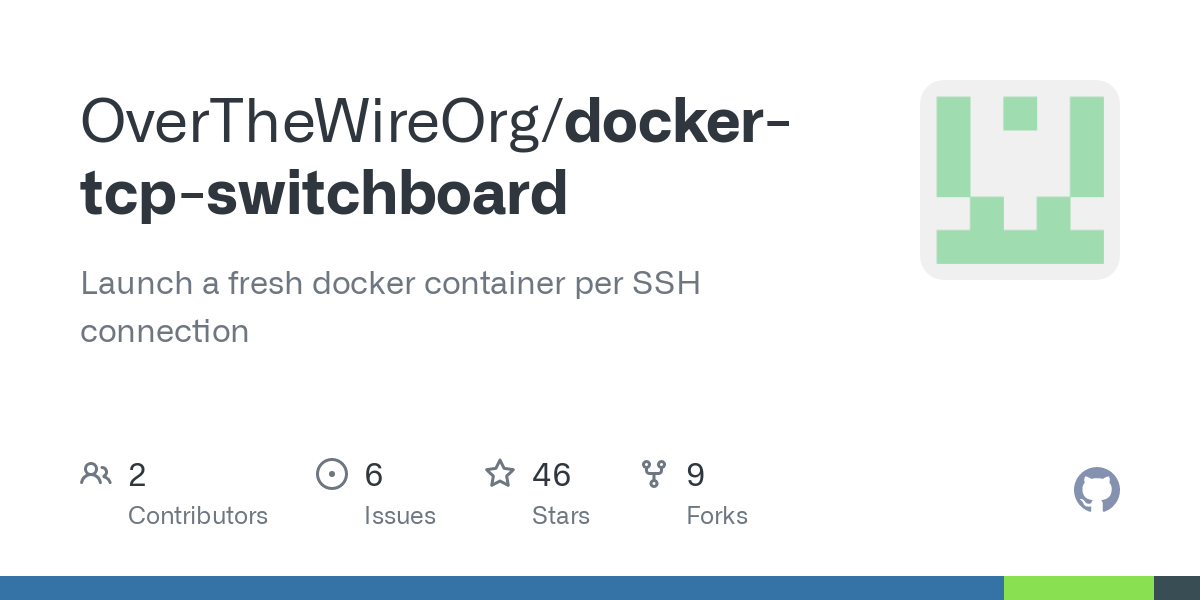Debian with the docker convenience script.
They seem to be moving away from this, and it’s not longer the first option on their install page
On their debian page
Use a convenience script. Only recommended for testing and development environments
Also, it should be noted about the first option they recommend, Docker Desktop, that Docker Desktop is proprietary.
I recommend just getting the docker.io and docker-compose from debian’s repositories.






Debian already has docker packaged. That’s more convenient.